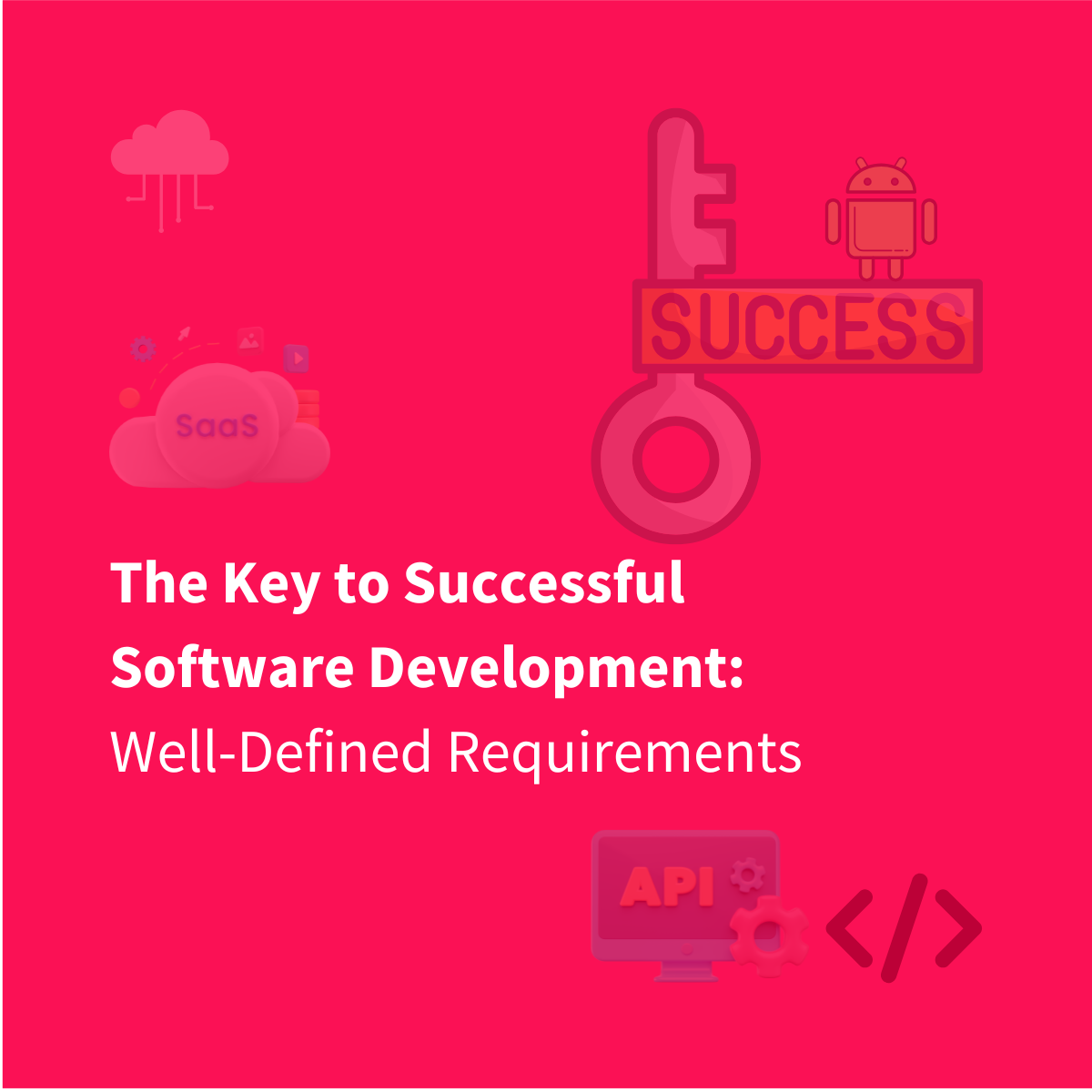The Key to Successful Software Development: Well-Defined Requirements
When embarking on a new software development project, one of the most crucial steps—yet often overlooked—is defining clear and effective requirements. As a project manager at Yameo, I’ve seen firsthand how well-structured requirements can mean the difference between a successful software development and one riddled with scope creep, misalignment, and costly delays.
One of the best ways to ensure that all requirements are properly defined is through collaborative workshops. At Yameo, we facilitate these workshops to help clients articulate their needs, identify potential challenges early on, and establish a shared understanding between stakeholders and the development team. One example that stands out is our work with Ergo Hestia in Poland on their Video In Person project.
Ergo Hestia: A service digitalisation Case Study

Lessons Learned from Years of Experience of successful software development
Over the years, we’ve refined our approach to gathering and defining requirements, and I’d like to share some of the key lessons we’ve learned along the way to ensure successful software development.
1. Engage All Stakeholders Early and Often
One of the most common pitfalls in software development is misalignment between different teams. Business leaders, end-users, IT teams, and legal departments may all have different expectations. In our collaboration with Ergo Hestia, we ensured that representatives from all relevant departments were involved in the requirement-gathering process from the beginning. This not only helped us capture their needs accurately but also built consensus early on, reducing potential friction later in the project.
2. Make Requirements Specific and Testable
Vague requirements lead to ambiguity, which in turn leads to development rework. A requirement like “The system should be user-friendly” is subjective and open to interpretation. Instead, requirements should be clear, measurable, and testable. For example, we worked with Ergo Hestia to define precise user interactions, specifying expected response times, workflows, and security measures. This level of detail helped our development team create a solution that met expectations without endless revisions.
3. Prototype and Validate Before Full Development
Even the best-defined requirements can benefit from real-world testing before full-scale implementation. In the case of Video In Person, we developed an initial prototype for testing with a subset of users. Their feedback allowed us to refine certain aspects of the application before full deployment. This iterative approach not only improved the final product but also minimized risk.
4. Prioritize Requirements Based on Business Impact
Not all requirements hold the same weight. Some are mission-critical, while others are “nice-to-haves.” Our workshops help clients prioritize their requirements based on business impact, feasibility, and resource availability. For Ergo Hestia, we focused first on features that enabled seamless remote customer interactions while deferring secondary features for future releases. This ensured a timely and efficient rollout.
5. Maintain Flexibility While Avoiding Scope Creep
Software projects evolve, and changes to requirements are inevitable. However, without a structured change management process, uncontrolled scope expansion can lead to delays and budget overruns. We work with clients to define a clear change request process, ensuring that any new requirement is assessed for feasibility, impact, and alignment with project goals before implementation.
Check out our Product Design Expertise

Why a Workshop with Yameo Makes a Difference
Defining requirements isn’t just about writing down what a system should do—it’s about understanding user needs, anticipating challenges, and setting the foundation for a successful software development. Our workshops at Yameo provide a structured yet collaborative environment where we work closely with clients to shape their vision into actionable, well-documented requirements.
With years of experience and successful partnerships, including our work with Ergo Hestia, we’ve seen how the right approach to requirements gathering leads to successful software delivery. If you’re planning a new digital project and want to start on the right foot, let’s talk. A well-defined requirements workshop might be exactly what your project needs to succeed.
Want to learn more? Reach out to us at Yameo and let’s build something great together!
Get in touch!
Have you ever seen a project struggle due to unclear requirements? Share your experience with us!


